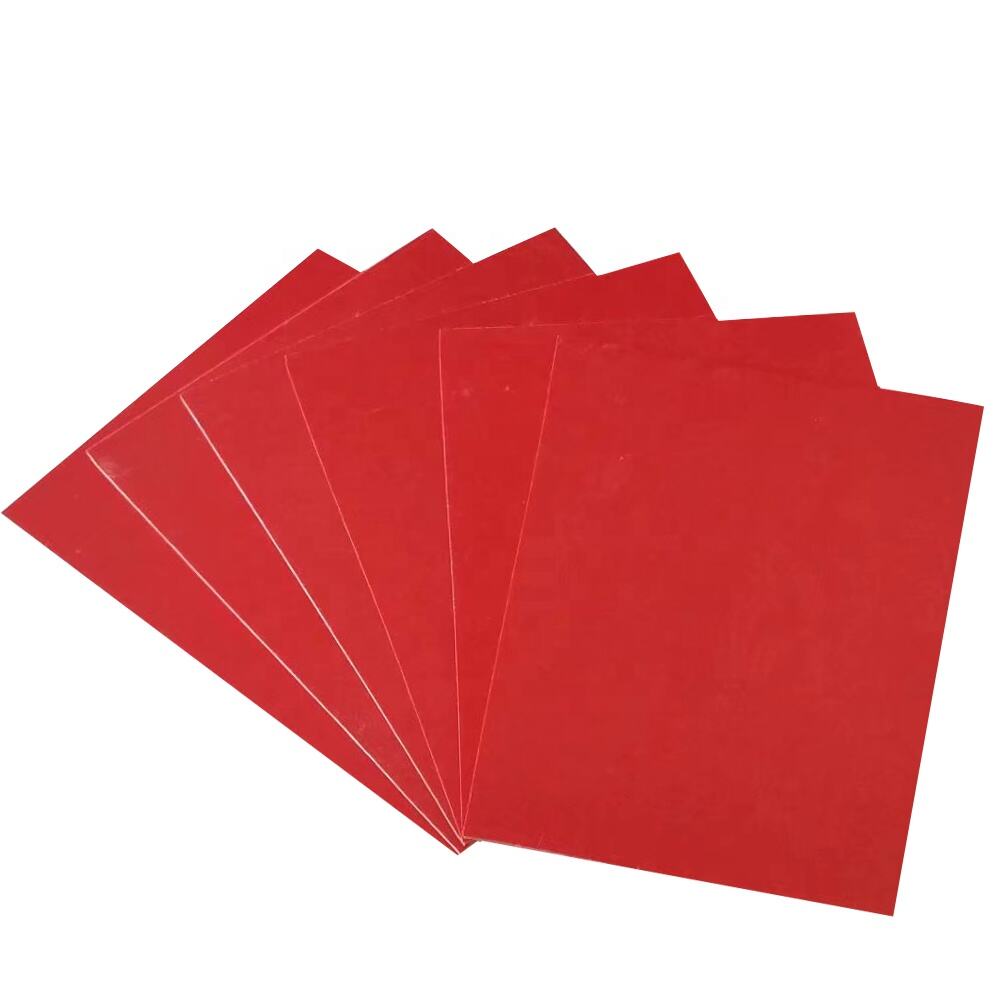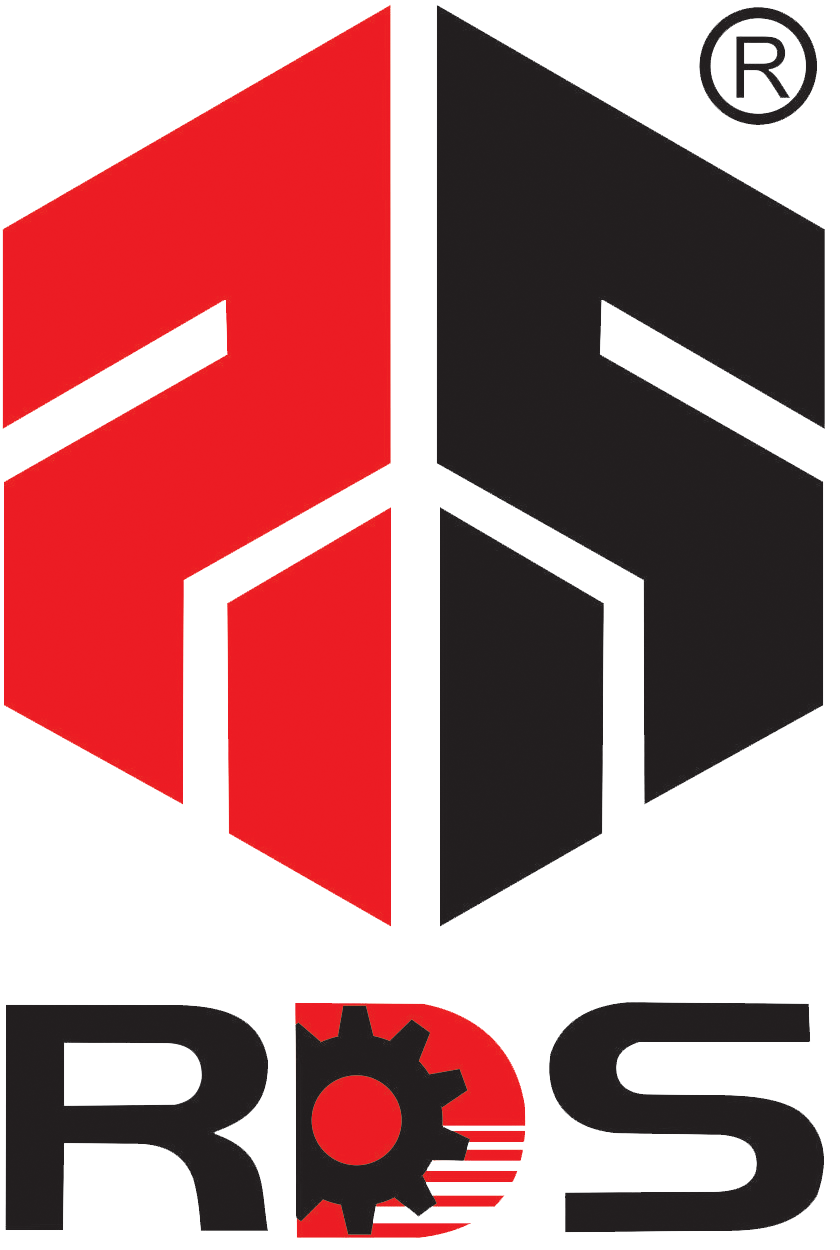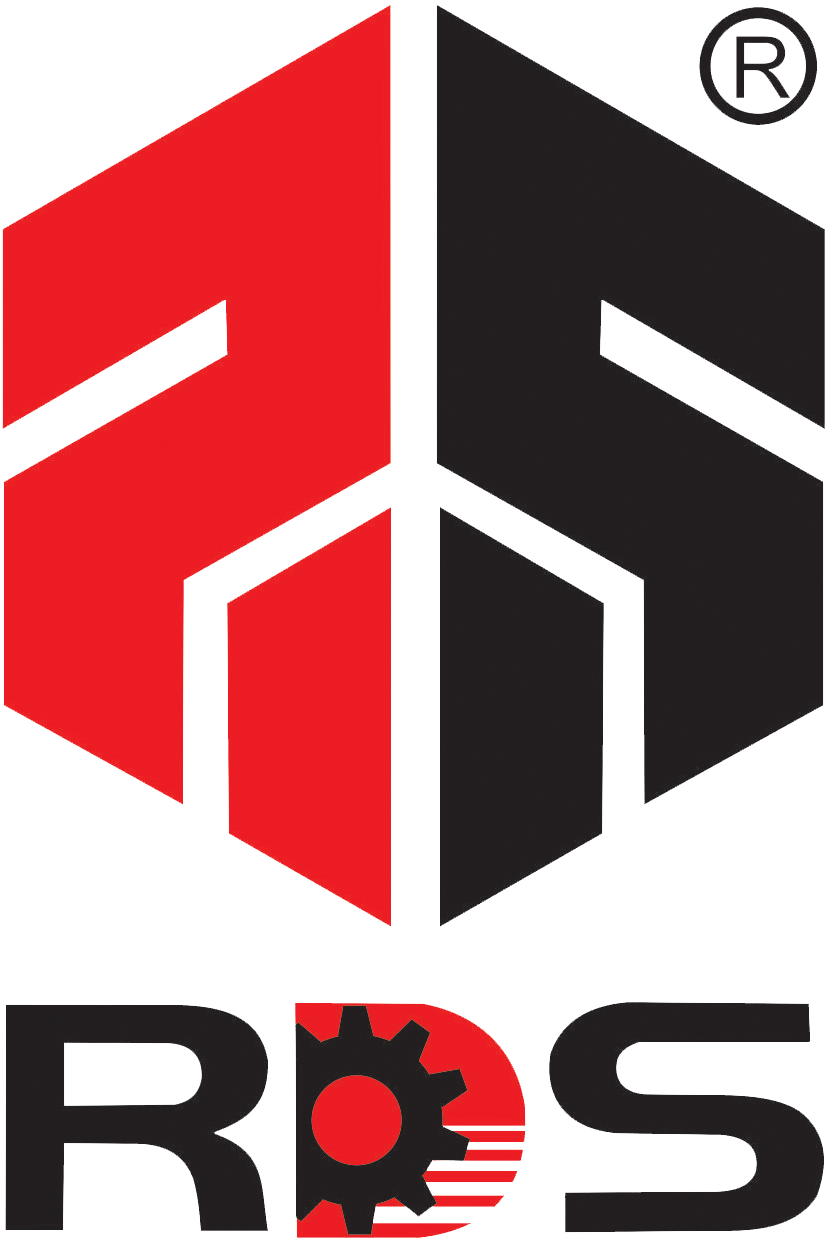Six Key Points You Should Know about GPO3 Material

1. What is GPO3 material?
GPO-3, also known as UPGM203, is a hard, plate-shaped insulation material made from an alkali-free glass fiber mat that is soaked in unsaturated polyester resin and other chemical agents through a process of heating and pressing.
2. What is GPO3 composed of?
Matrix Resin: Unsaturated polyester resin (UPR), known for its excellent chemical and heat resistance.
Reinforcement Material:Alkali-free glass fiber (E-glass), which provides high mechanical strength and dimensional stability.
Additives: These may include flame retardants (such as aluminum hydroxide), fillers, and curing agents, which endow the material with flame-retardant properties, arc resistance, and other characteristics.
3. Main performance features and characteristics of GPO3 materials.
GPO3 sheets exhibit impressive mechanical properties, with a bending strength of 340 MPa and superior impact resistance compared to ordinary plastics and laminates (such as electrical boards). GPO3 is suitable for high-temperature environments, with a long-term operational temperature range of 130–155°C and a short-term tolerance reaching up to 180°C. Thanks to its flame-retardant properties, GPO3 is non-flammable and meets the UL94V-0 flammability standards, making it halogen-free, environmentally friendly, and safe. GPO3 is regarded as an excellent electrical insulation material, boasting a high dielectric strength of 20 kV/mm and a large volume resistivity of 10¹³ Ω·cm, making it suitable for high-voltage insulation applications. Notably, GPO3 has a high arc resistance performance of 180 seconds, which helps prevent breakdown in electrical equipment. Other features, such as chemical resistance and low water absorption (less than 0.1%), also add significant value to GPO3.
4. How is GPO3 processed into shapes?
GPO3 can be molded or laminated into various forms, such as sheets, bars, or tubes. Secondary processing methods like cutting, drilling, milling, punching and sandblasting are also applicable.This allows for the GPO3 shape to be tailored to our needs. Generally speaking, tungsten alloy is the most common material used for processing blades. The “corn cutter head” is the best choice.
5. What are the disadvantages of GPO3 materials?
As a thermosetting material, GPO3 cannot be melted or reshaped, making recycling impossible. Additionally, the price of GPO3 is higher than that of ordinary insulation materials, but it offers effective cost performance given its properties.
6. Applications of GPO3 materials
GPO3 is commonly used in high-voltage equipment (such as switch cabinets and transformer separators), high-frequency equipment (like motor slot wedges), load-bearing components (such as supports and insulators), and wear-resistant parts. It performs well in environments with high temperatures, humidity, or exposure to corrosive substances.
Considering all these factors, why not choose GPO3 for your equipment?
 EN
EN






















